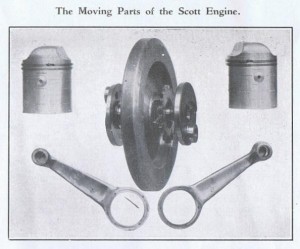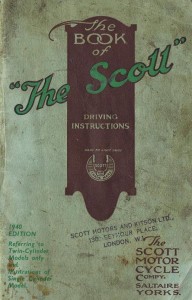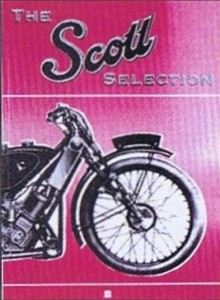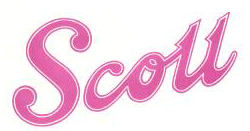 I was first introduced to the Scott marque in 1974 when out on a rally one passed me trailing a long plume of 2 stroke smoke. Not that I was too concerned about the smoke I was most certainly curious about that sound and
I was first introduced to the Scott marque in 1974 when out on a rally one passed me trailing a long plume of 2 stroke smoke. Not that I was too concerned about the smoke I was most certainly curious about that sound and 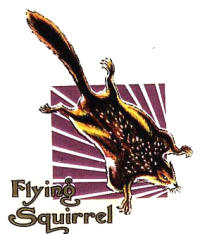 when we stopped at the lunch break went off to find this different motorcycle. Having never been that keen on 2 stroke motorcycles after I spent more time pushing my 70cc BSA Dandy than actually riding it I could appreciate something like the Scott and what it could do. Low slung engine, water cooled, good brakes, appealing looks, and an exhaust sound that threatened slower road users to pull over, but oh that smoke!
when we stopped at the lunch break went off to find this different motorcycle. Having never been that keen on 2 stroke motorcycles after I spent more time pushing my 70cc BSA Dandy than actually riding it I could appreciate something like the Scott and what it could do. Low slung engine, water cooled, good brakes, appealing looks, and an exhaust sound that threatened slower road users to pull over, but oh that smoke!
Most manuals supplied at the time to new owners were very brief and concentrated mainly on starting the motorcycle, riding off, stopping, and basic maintenance (tyre pressures, lubrication and basic fault finding) with a section on road rules. At 84 pages this manual would have to be the most comprehensive book that I have come across of any machine. Its introduction as The Book of The Scott and Driving Instructions leads into some early pictorial history of machines headed as Milestones of Progress and then gets into the riding and maintenance. A good description of the oiling system including adjustments (very important on these engines as they are not a fuel/oil mix), detailed schematic drawings of the pilgrim oil pump, engine, gearbox, frame, forks and wheels, and carburettor and gear ratio charts make this book totally complete. It covers all the models including the Flying Squirrel (which the model transfer on the right looks like ‘road kill’) as well as the lesser known 300cc single cylinder.
An interesting picture of the crankshaft arrangement.
The design of the Scott motorcycle is definitely different than the average motorcycle of that time. Its 2 speed gear is reminiscent of what Royal Enfield used up to 1924 and its 2 into 1 exhaust system defies modern 2 stroke chamber style exhaust technology, but hey it all worked, and worked very well. So even if you do not share an interest in Scotts still have a look at how well the company encouraged owners to become familiar with their machines. This manual would have to be a 10/10.
Click on the Scott header below to go to the complete manual. It is quite a large PDF at 7.8M and you will need Adobe Acrobat Reader.
There have been a few hard back books written about Scotts, the most common would be The Scott Motorcycle – The Yowling Two Stroke by Jeff Clew. This has just been re-issued but others that were published in the 1970s and 80s are getting hard to find, however The Vintage Motorcycle Club in the UK have published 3 books on Scotts for the serious enthusiast. These books include previously unpublished photographs and information from the VMCC library. Click on the Scott book below to go to the advertising flyer with prices.
Order the books online by clicking here to go to the VMCC Online Shop Categories, or you can place an order by phoning the VMCC on 0044-1283 540557 (You don’t have to be a member of the VMCC to purchase the books or any other items in their catalogue).
There is also a club for Scott owners. Marque clubs are well worth supporting as they usually have a good library of information and some are even able to supply new spare parts. Definitely worth considering joining. Click here to go to the home page of Scott Owners Club Ltd.
With every other rider wanting OHV sports, or V twin girder fork machines I now find early 2 stroke motorcycles an interest worthy of my spare time (not that I have much of that) and so hopefully will soon have my 1935 225 Royal Enfield 2 stroke roadworthy (click here for a look at the model). It hasn’t got 2 cylinders BUT it has got that unique early 2 stroke sound and an external flywheel that spins openly close to the riders right foot (no health and safety here). Not suitable for jandal wearing riders though.

